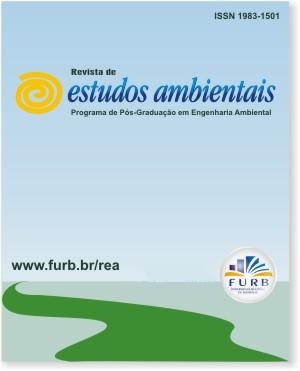CHARACTERIZATION AND VIABILITY OF PIPER HISPIDINERVIUM (PIPERACEAE) CALLUS FOR CELL SUBMERSE CULTURE
DOI:
https://doi.org/10.7867/1983-1501.2013v15n2p39-47Palavras-chave:
Long pepper. Cell mass. Safrole, TTC.Resumo
Piper hispidinervium C.DC. is a plant from the Amazon region of economic interest due its high safrole content. The submerse cultivation of its cells has shown promising results for the biochemical engineering. However, the inoculum production represented by the cell mass called as callus is still not fully understood. The knowledge on this material before the establishment of the cultivation in reactor is vital for the success of the process. Therefore, callus established in vitro have been physically characterized and analyzed in relation to the cellular viability for 80 days. In this study the experimental design was completely randomized, consisting of ten repetitions (callus/sample) from each collection (10th, 15th, 35th, 45th, 60th, 75th and 80th days of culture).The viability, determined by reaction with 2,3,5-triphenyltetrazolium chloride, decreased during cultivation and the green coloration, characteristic of recent callus, acquired yellowish coloration until the attainment of brown color, which indicate oxidized cells. The friability presented maximum index in 60 days, while the cell mass present in callus and expressed as grams of fresh mass, obtained the highest amount at the 35th days of culture.

